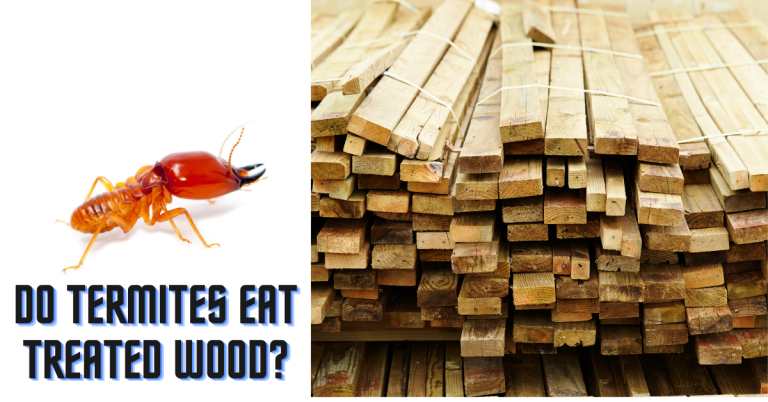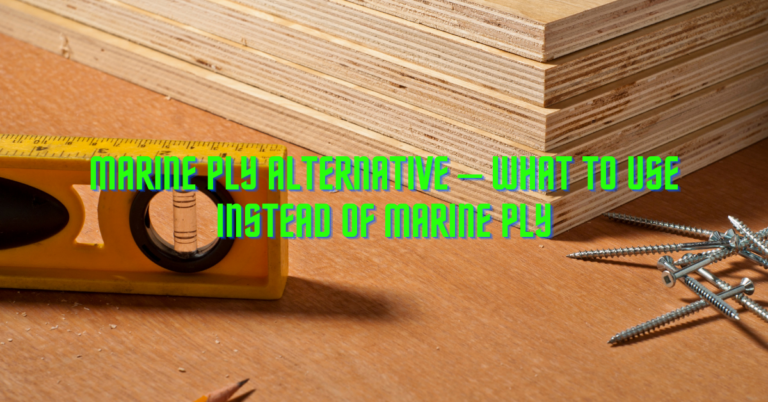How To Fix Water Damaged Laminate Furniture
Laminate panels are used to give the appearance of hardwood or stone on low-cost furniture surfaces. Moisture can infiltrate into the edges of laminate sheets, resulting in lifting, bubbling, and warping. Every year, a large number of people confront this issue.
And, if you’ve ever had to deal with damaged furniture, you must know how to fix water damaged laminate furniture and how critical it is to take care of it and repair it as quickly as possible. Furniture that has been flooded will swell, causing paint to peel off or laminate to bubble up and degrade the finish.
You may even notice that a laminate surface inside your furniture begins to pop off completely owing to water damage. Water may cause major damage to furniture if not addressed quickly, whether it’s a spill on the kitchen table or a busted pipe in the bathroom.
It can be difficult to establish the amount of the damage, and even if it is localized, it may be impossible to repair without inflicting additional damage. In many circumstances, simply removing and replacing the furniture is the best option.
However, if you’re willing to take on the challenge, we’ll show you how to fix water-damaged laminate and prevent it from happening in the future.
What happens to wooden furniture when it comes into contact with water?
Wood is a natural substance that can decay and mold if exposed to water or excessive moisture without protection. Increased moisture content can cause wood to swell and shift.
Watermarks on wooden furniture can also be generated by the wood finish in some cases. Dark watermarks indicate that water has already penetrated the wood finish, whilst light marks indicate that the stain is still there on the surface.
Water damage affects different types of wood in different ways. A wood veneer, for example, can elevate from the glue joint owing to dampness, but man-made woods, such as MDF, can crumble and fall apart.
Whatever sort of wood furniture you have, it’s critical to arm yourself with the knowledge and helpful hints you’ll need to avoid more trouble and save yourself and your furniture from unnecessary stress when water damage occurs.
Also Reads: Best HVLP spray gun for cabinets

How to fix water damaged laminate furniture
- Examine the damage
Examine the furniture closely. Are there any blemishes, stains, or discoloration? Water damage is most likely the cause. Splashed water is the source of white spots on your furniture. When you set a glass of water right on the furniture, this can happen. It can also happen if you drop water on the surface by accident.
Blushing is a natural process that occurs over time. Your furniture will normally have a white, foggy appearance when it is old. It can also happen if the finish was applied while the wood was still wet.
If your furniture has black spots, it’s a clue that something is wrong. Water has already seeped through the furniture and into the solid wood, as indicated by the stains. When this occurs, you’ll need a professional for the job.
- Dry out the furniture
One famous method for repairing water damaged wood furniture is to fully dry it before doing anything else. Rather than drying with an artificial approach such as a hairdryer or blower, you can evaporate the moisture by letting it rest in direct sunlight for at least 24 hours.
It’s important to remember that the furniture should dry completely, but not too rapidly, as the wood can shatter if it dries too quickly. To get a decent finish, you should take your time and be patient when drying it naturally.
- Make use of more fixes.
Begin the repair by adding extra fasteners if necessary after thoroughly drying the furniture. Examine the components that require additional support and can be repositioned with minimal effort.
Nails, screws, bolts, expanded metal lathe and galvanized strips, wall plugs, pipe brackets, cable clips, frame fixes, and a variety of other fasteners are among the options. You can improve the quality of your restored furniture by adding more fasteners and repositioning any timber that has moved due to moisture movement.
- On the wood, apply a shellac primer.
Shellac-based primers, which can be found in most hardware stores, are meant to help restore minor defects and damage in hardwood furniture like our cabinets. A spray bottle of shellac-based primer is typically used to apply it to damaged areas.
To help smooth out the surface of your cabinet door, apply 1 or 2 coats of this product to damaged areas.
The benefit of a shellac-based primer is that it may be painted over with any type of paint. This primer will aid to smooth out the wood’s surface while also allowing your paint to adhere effectively to it.
- If necessary, use plastic wood filler on the furniture.
If your furniture has significant areas of damage, you can use plastic wood filler to help seal them up and fix the water damage. Apply the plastic wood filler directly from the tube to the afflicted areas, then smooth with a small putty knife.
Obviously, the amount you use and the method you employ to administer it will be determined by the scenario you’re in.
However, before moving on to the following step, make sure the surface of your cabinets is nice and flat (or as flat as possible).
- Start sanding your furniture.
It’s now time to begin sanding! Sanding is a common part of wood repair, and this is no exception! Water-damaged furniture should be sanded down so that the wood’s surface is even and free of bubbling or swelling spots.
Use 120-grit sandpaper, although any other coarse grit would suffice. Some people carry out this step by hand, but it’s far more convenient to use an electric sander.
Use a high-quality electric sander from a reputed home design firm if possible. You don’t want to sand the wood too much because you’ll most likely repeat the process, so the cabinets won’t appear brand new right away. Just make it look smoother and cleaner.
- If required, repeat the previous procedures.
If your cabinet has been severely harmed by water, you should consider repeating the previous steps one or two more times until the repairs are complete.
Depending on how badly the cabinet door is broken, you may wish to reuse the shellac primer, plastic wood filler, and sanding process. If you’re unsure, use your best judgment or consult a buddy who is experienced in home DIY. Steps 2–4 should be repeated until the wood appears flat and smooth.
At this point, don’t bother about the color; instead, concentrate on the wood repair.
- Get your kitchen cabinet painted!
It’s time to start painting the cabinet back to the way it was after the water damage is scarcely evident and the surface is flat and smooth. Use the same paint color as you did for the original cabinet design. The shellac primer will aid in the easy adhesion of the paint to the wood.
If you’re painting a larger cabinet door, you might want to use a paint roller and a small paintbrush to finish any minute details. Some people like to paint using paintbrushes for the entire process; it all depends on your preference and painting skill level.
Otherwise, the paint will seem spotty and uneven if you don’t paint over the entire cabinet door (not just the water-damaged portions).
After you’ve completed painting, let the kitchen cabinet dry for as long as the paint requires, depending on the type of paint you used. Remember that oil-based wood paints might take several hours to cure between applications, so give it plenty of time.
- Sand the painted cabinet doors down
After this repair, you’ll discover that you’re an expert sander! Yes, sand it down with finer sandpaper when the paint has dried. The purpose here is to make the paint finish appear more smooth, not to flatten or deform the wood.
Sanding the cabinet door surface also creates microscopic holes and grooves, which aid in the adhesion of subsequent coats of paint. This stage of the restoration is completed with 220-grit sandpaper.
Sand the painted furniture by hand or with an electric sander. However, because you need to be more careful and preserve the paint job, I would prefer doing this step by hand. Do not be harsh!
- Apply one more coat of paint and sand it down.
Apply a final coat of paint, let it dry, and then sand it down with fine 220-grit sandpaper or something similar. Depending on how your cabinet door looks, you may want to repeat the process one or two more times.
- Use a water-proofing varnish or sealant to protect your work.
If you truly want to repair water-damaged kitchen cabinets and prevent the problem from recurring, use a final topcoat or clear finish to help keep the water out in the future.
For wooden kitchen cabinets, there are a variety of waterproof sealants, clear coatings, and varnishes available. Make sure you get one that’s appropriate for the wood you’re working with and the paint you’ve been using.
Also consider the finish of the clear coat. If you want a flat matte paint finish, for example, you’ll want a clear coat that won’t look shiny after it dries. Waterproof paints and varnishes won’t make your cabinets waterproof, but they will make them more water-resistant.
Conclusion: How To Fix Water Damaged Laminate Furniture
Repairing your kitchen cabinets isn’t easy, but if you’re prepared to invest in the time, effort, and supplies, it’s definitely doable. It can take anything from a few hours to several days to repair your wet cabinets, depending on the type of paint you’re using and the severity of the project, so keep that in mind.
Also keep in mind that investing in deep sinks, good sealing, and counter edges that assist liquids roll off the end and straight into the floor is the greatest way to keep your cabinets protected from further spills.
I hope your repair project goes well, whether you’re fixing an existing problem or protecting against future dampness. We wish you luck on your project!
Important Reads:






